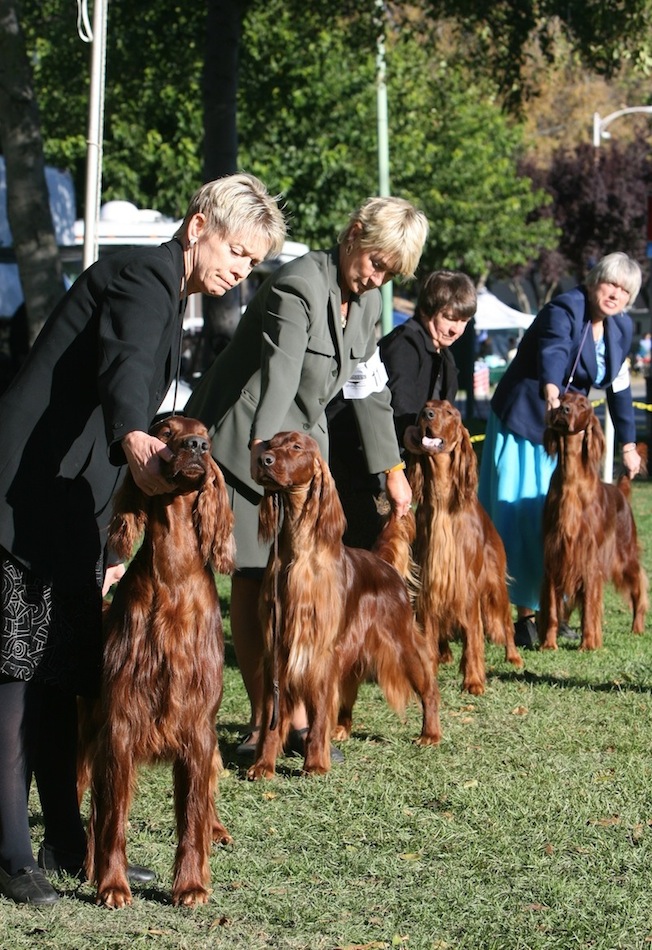
No matter how attractive the dog, if he does not exude the correct breed type he must not be rewarded. Breed type is what our sport is about. A judge must first and foremost learn and understand the key elements that constitute the essence of type for each breed that he judges.
 A judge must understand not only size, shape, substance, and furnishings, but also the finer distinctive nuances that individualize each breed. He must then seek the elusive essence and charisma peculiar to that breed, which should be presented with only the type of showmanship that is correct for the breed. Although some breeds are naturally showier than others, it is absolutely wrong to put up a dog based on a style of showmanship that is foreign to his breed.
A judge must understand not only size, shape, substance, and furnishings, but also the finer distinctive nuances that individualize each breed. He must then seek the elusive essence and charisma peculiar to that breed, which should be presented with only the type of showmanship that is correct for the breed. Although some breeds are naturally showier than others, it is absolutely wrong to put up a dog based on a style of showmanship that is foreign to his breed.
Key points of difference between closely related breeds can include not only height, shape, substance, and so on, but also expression and that indefinable quality sometimes referred to as essence.
Breeds sometimes mirror their country of origin or development and the people of those countries.
A Welsh Terrier comes from Wales and likes to go to the pub for a pint. The Lakeland, on the other hand, comes from the Lake District (land of Coleridge, Wordsworth, and other poets), and he prefers to retire to the drawing room for a cup of tea. A difference of soul.
You should never think that a setter is a setter is a setter—and that what differentiates each of the setter breeds is just the paint job. Compare the phlegmatic English, the flamboyant Irish, and the Gordon, who is such a solid Scot: While the function of all three is the same, their very essence is different. Each represents his individual origins. —Dorothy Macdonald, “The Judge’s Eye,” AKC Gazette
The AKC Gazette is the official journal of the sport of purebred dogs, and hasn’t missed an issue since 1889. Read the current AKC Gazette issue, sign up to receive new issues via e-mail, and browse 10 years of back issues on AKC.org.

